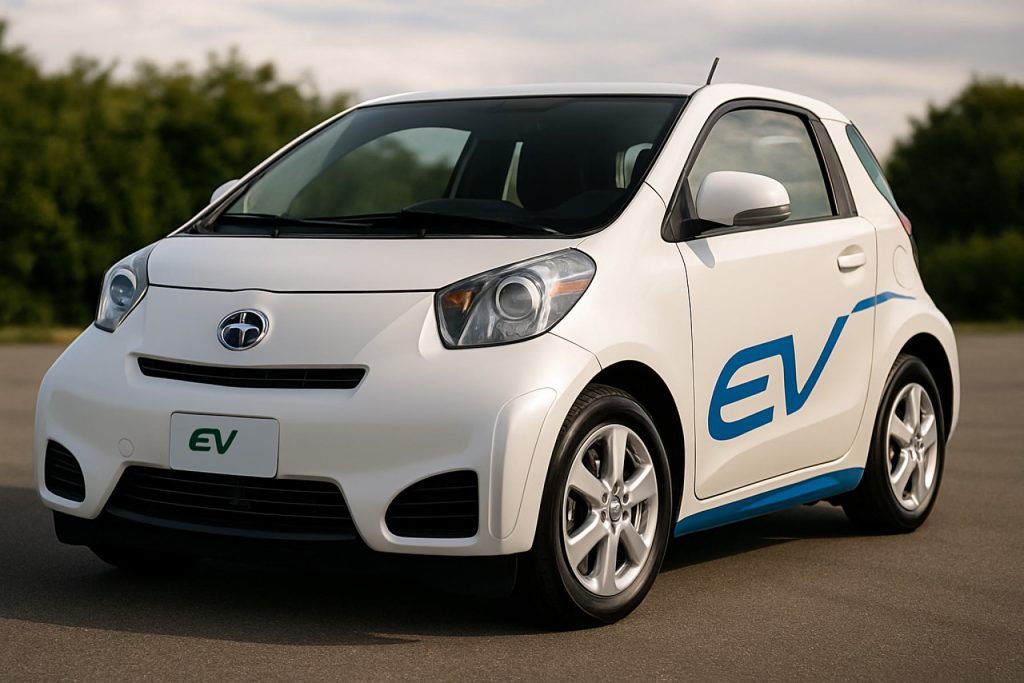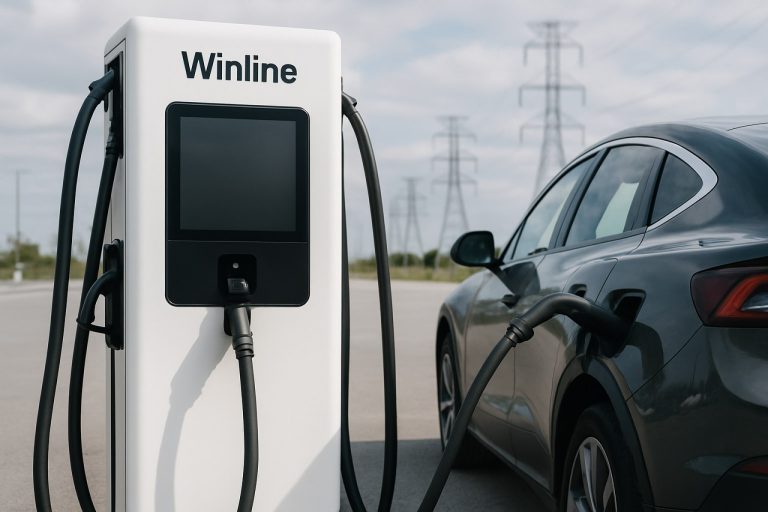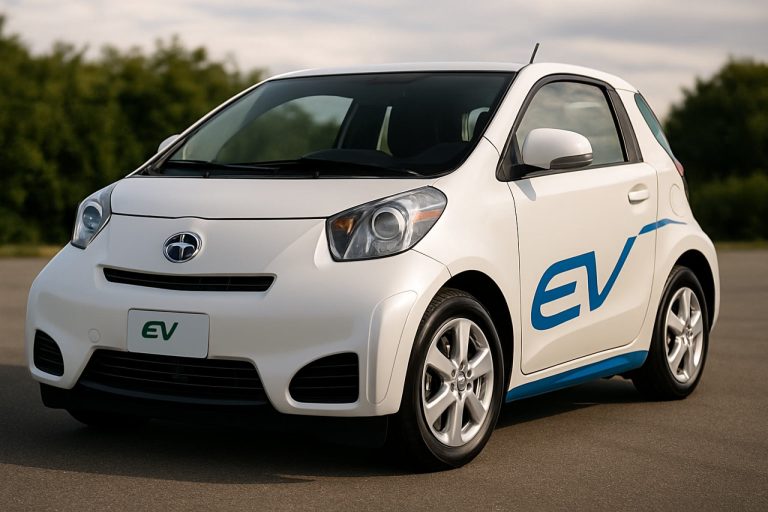
2025 Throwback: How Toyota’s Scion iQ EV Beat the EV Boom by a Decade—And Why You’ll Never See One
The Scion iQ EV launched in 2013 as Toyota’s tiny, city-focused electric marvel—why did it vanish, and what can it tell us about today’s EV market?
- Range: Just 50 miles per charge
- Production: Fewer than 90 units ever made
- Battery: 12 kWh lithium pack (2026 C-HR EV has 74.7 kWh!)
- 0-60 mph: 13.4 seconds
Have you ever seen a Scion iQ EV? Odds are, you haven’t. Toyota’s first true electric car for the U.S. market wasn’t a Prius or a bZ—it was this barely-remembered, ultra-compact city car. Long before Tesla’s Model S hit every wealthy neighborhood and before the Hyundai Ioniq5 made waves, Toyota’s Scion brand delivered an electric oddity designed just for city life. Today, with only two Toyota EVs on sale in 2025—the bZ and C-HR—it’s worth revisiting the forgotten iQ EV to see how far the automaker has come and why this experiment mattered.
What Made the Scion iQ EV So Different?
The Scion iQ EV was minute—just 78.7 inches between its wheels, and with space for four souls (barely). Its gas-powered sibling delivered a modest 94 horsepower and 37 mpg, but the EV was even more minimalistic: 63 hp, a 12 kWh battery, and an estimated 50 miles of range. That’s laughable in a world where the average EV can cross state lines on a single charge.
For context, the brand-new 2026 Toyota C-HR EV boasts a beefy 74.7 kWh battery—over six times the size! Still, the iQ EV was built for rapid city hops, not cross-country adventure.
Why Was the Range So Short?
Toyota engineered the iQ EV solely as an urban commuter. The company believed busy cities—with their short drives, ample plug-in opportunities, and cramped parking—were ideal for such a compact, quick-to-charge vehicle. A big, heavy battery just wasn’t necessary. According to Toyota, the choice kept costs down and the car nimble.
How Many iQ EVs Exist—And Why Are They So Rare?
Toyota only built about 90 units, putting the iQ EV squarely in unicorn territory. Most were delivered quietly to ride-share fleets and businesses rather than to consumers. Pricing was never even officially announced. Its gas sibling started at $15,665, but the EV was simply too niche for a wide release.
Keep in mind: The Scion brand itself is gone, and this limited-run EV may be even harder to find than a classic Supra or early Prius!
What Was It Like to Drive and Own?
Despite its pocket-sized battery and leisurely pace—0 to 60 mph in 13.4 seconds—the Scion iQ EV had surprising charm. Inside, drivers found big, friendly controls and a relatively large infotainment screen (by 2013 standards). Vintage touches like analog dials and a physical handbrake made it quirky, while the interior remained proudly four-seater despite the underfloor battery.
The iQ EV wasn’t flashy or fast, but it was endearingly practical. Plus, its cockpit remains refreshingly simple compared to today’s buttonless, screen-heavy EVs.
What Does the iQ EV Teach Us About EV Evolution?
The iQ EV’s short life and tiny production run prove one lesson: even giants like Toyota can experiment—and learn from their quirkiest ideas. It took another decade for Toyota to revisit EVs seriously, but the groundwork was there. Now, as Tesla, Hyundai, and Toyota square off with longer-range, more powerful models, the city-focused micro-EV still has fans in global markets.
Can You Find a Scion iQ EV in 2025?
Highly unlikely—unless you stumble on a company fleet or museum. With just a handful ever made, the iQ EV may be one of the rarest “modern” Toyotas. But its spirit lives on in today’s wave of quirky urban EVs, and among collectors who cherish automotive oddities.
Don’t miss the lessons from Toyota’s electric past! If you love rare cars or want a glimpse at how city EVs began, keep an eye out for the hidden gems of yesterday’s experiments.
- ✔ Remember the Scion iQ EV—a pioneer for city-friendly electrification.
- ✔ Compare past specs: 50-mile range, small battery, quirky style.
- ✔ Recognize Toyota’s growing EV lineup—now led by the bZ and C-HR.
- ✔ Stay curious: automotive innovation often starts with bold, rare experiments.



